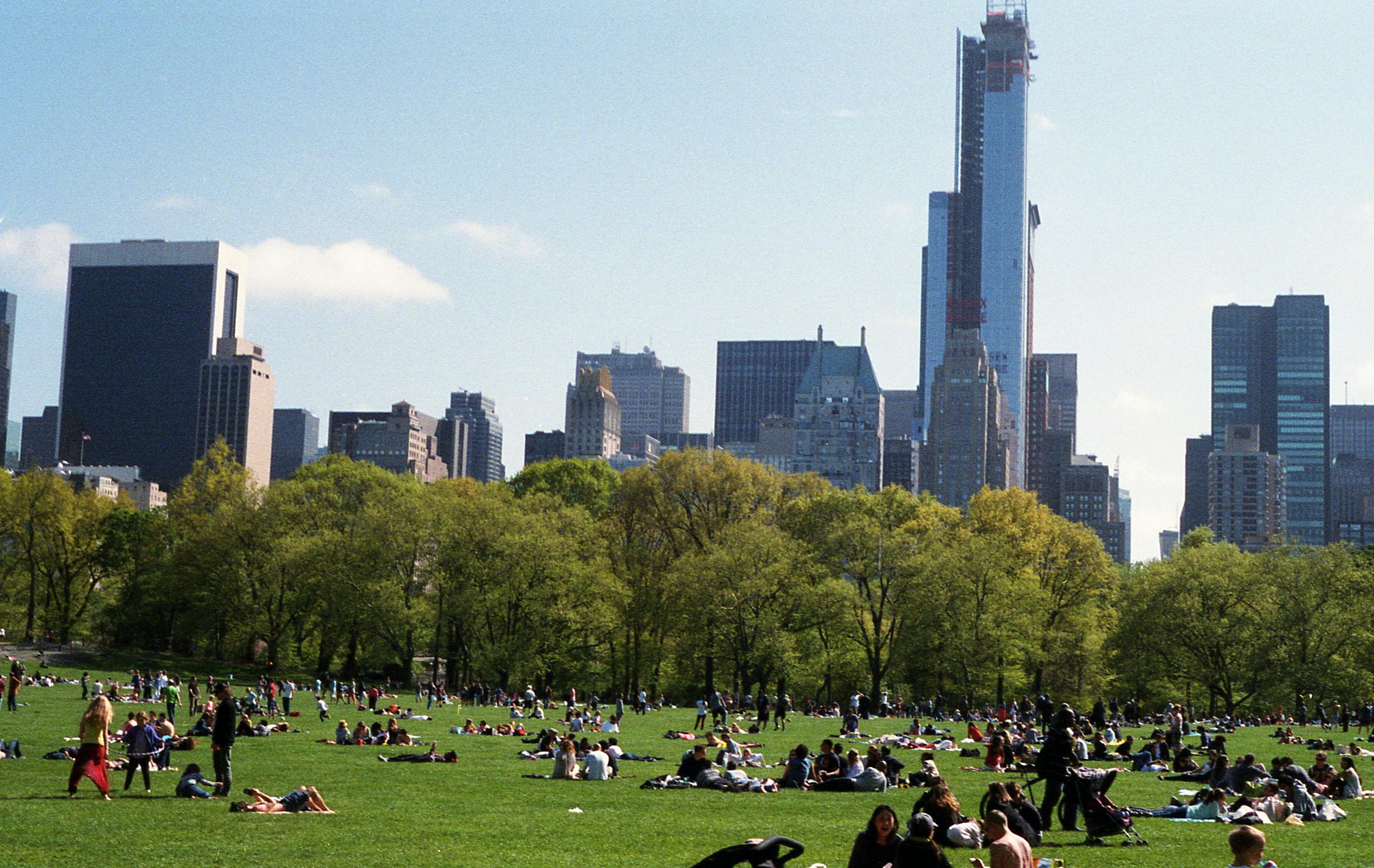Understanding the Impact of Green Spaces on Urban Health
The modern world is experiencing a rapid increase in urbanization, leading to a shift in lifestyle and health behavior. But amidst this concrete jungle, the role of green spaces has emerged as an intriguing area of study. Do these spaces truly influence our health and well-being? Let's delve into this fascinating topic to explore the science behind it and its implications for urban health.

The Emergence of Green Spaces in Urban Health Studies
The concept of green spaces in urban areas is not new, dating back to the 19th century when parks were designed as a refuge from the hustle and bustle of city life. However, the scientific study of their health benefits is a relatively recent development. Over the past few decades, researchers have started investigating the association between exposure to green spaces and various health outcomes, with compelling results.
The Science Behind the Connection
Exposure to green spaces has been linked to a range of health benefits, including improved mental health, reduced stress, enhanced physical activity, and better overall well-being. This is attributed to various factors such as the opportunity for physical activity, increased social interaction, and exposure to a more serene environment that can reduce stress.
Current Trends and Insights
Recent studies have continued to reveal the positive impact of green spaces on urban health. For instance, research in Barcelona discovered that children with greater exposure to greenness had better cognitive development. Another study in Japan found that walking in a forest (known as ‘forest bathing’) could lower heart rate and blood pressure.
Debunking Misconceptions
While the benefits of green spaces are evident, they are not a panacea for all health challenges in urban settings. The quality, accessibility, and usage of these spaces also play a significant role. Furthermore, it’s crucial to remember that green spaces are part of a broader urban ecosystem and should be integrated with other health-promoting urban design elements.
Fascinating Facts about Green Spaces
- Green spaces can help to reduce air pollution in cities.
- Increased exposure to green spaces can boost your immune system.
- Green spaces also offer a platform for community interaction and cohesion.
In conclusion, the impact of green spaces on urban health cannot be overstated. Despite the challenges, these spaces offer a unique opportunity to enhance health and well-being in the urban environment. As urbanization continues, it’s critical to prioritize and invest in green spaces and incorporate them into urban planning and design. By doing so, we can create healthier, happier cities for everyone.




